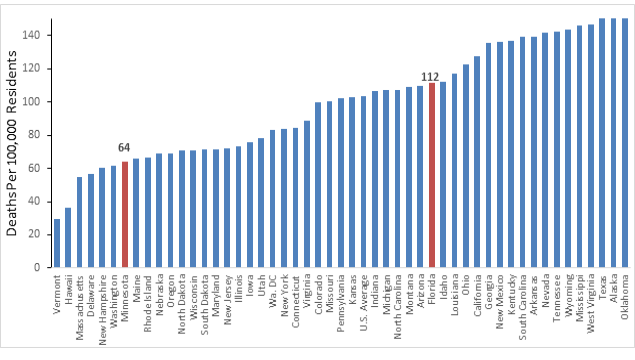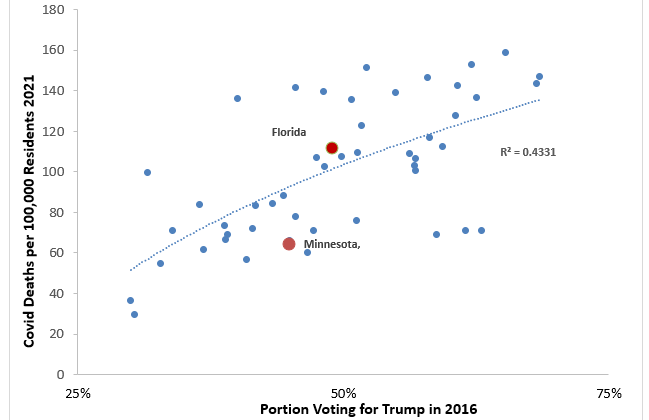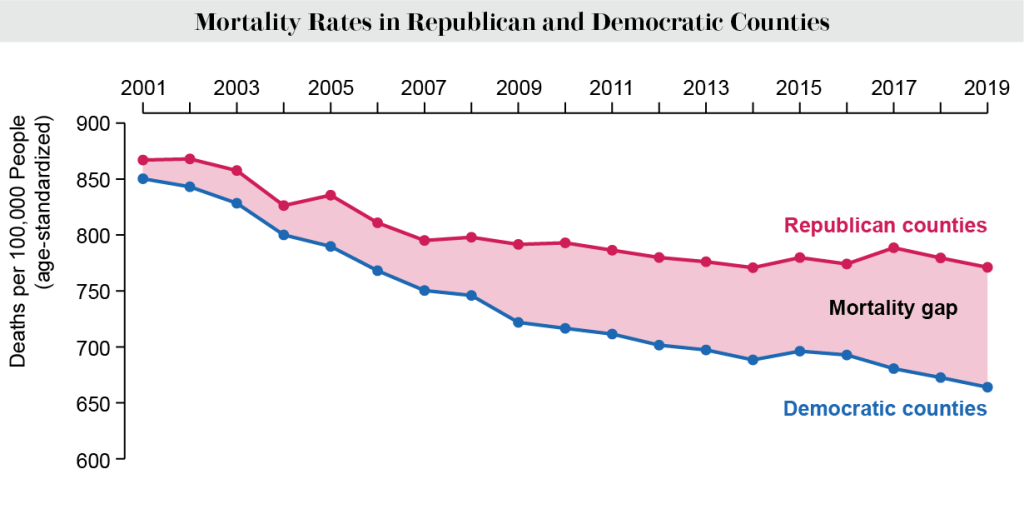Planning decisions often involve trade-offs between short-term prevention costs and larger future savings and benefits. Planners can help communities determine what best reflects their priorities.

An ounce of prevention is usually better than a pound of cure, but is not generally glamourous and so tends to be implemented less than optimal.
For example, while fire fighting is considered heroic, preventing fires by enforcing electrical codes and installing smoke alarms is tedious and costly. Similarly, a physician who tell patients to quit smoking, eat a healthy diet, exercise regularly and wear seat belts is considered an annoying nag, while a surgeon who operates on people who ignore that advice is glorified, although health preventive strategies are far more cost effective and beneficial overall.
The problem is that people directly experience the short-term prevention costs but don't individually experience the long-term benefits, which consist of incremental reductions in statistical deaths. Let me give a timely example related to the current U.S. presidential election.
Vice Presidential candidate, Minnesota Governor Tim Walz, has been criticized for Covid prevention policies such as face masks, social distancing and vaccine requirements, including attacks by Florida Governor Ron DeSantis. Most people dislike wearing masks and enjoy socializing, but we should compare these costs with their benefits. In fact, some critics would probably be dead if Minnesota had implemented weaker pandemic control policies.
Consider the following graph, which compares Covid death rates for U.S. states. In 2021, during the height of the pandemic, Minnesota had 64 Covid deaths per 100,000 residents, about half of the 112 in Florida. If Minnesota had Florida’s rate, an additional 2,685 residents would have had painful deaths and the state’s residents, businesses and governments would have borne billions of dollars in additional healthcare, disability and lost productivity costs.
2021 Covid Death Rates by State (2021 COVID Mortality by State)

Of course, many factors affect Covid death rates including age and healthcare quality, so you might argue that Florida’s high rate is the result of its relatively old population, but other midwestern states, including Indiana, Michigan and Ohio also had high Covid deaths. The main factor affecting Covid deaths was vaccination rates and therefore political leadership.
The table below shows the strong positive relationship between Trump voting and Covid death rates for U.S. states. Minnesota had about half the death rate as Florida, where rules were laxer and politicians discouraged residents from masking, distancing and vaccinating.
2016 Trump Voting Verses 2021 Covid Death Rates (2016 United States presidential election and 2021 COVID Mortality by State)

Of course, many factors affect pandemic death rates, but it is important to recognize the role of public policy. Looking back, people tend to remember the discomforts but overlook the lives saved and medical expenses reduced, and therefore undervalue prevention.
This is true of many health risks, not just Covid. A 2022 medical journal article, “Political Environment and Mortality Rates in the United States” shows a growing mortality gap between residents of Republican and Democratic counties across the U.S. Although overall death rates decreased between 2001 and 2019, the improvement in Republican counties was half that of those in Democratic counties — 11 percent lower versus 22 percent lower, as illustrated below.

This is just one example of prevention-versus-cure analysis. Many policy decisions involve such trade offs, in this case, between the loss of some individual freedoms against public health gains. We should describe, and if possible quantify, those impacts. Florida Governor Ron DeSantis could say, “Our policies preserved some freedoms but caused thousands of additional deaths and billions of dollars in additional healthcare costs and productivity losses,” while Minnesota Governor Tim Walz could say, “Our policies restricted some personal freedoms but saved thousands of lives and billions of dollars in costs.” Such objective appraisals allow policy makers and citizens to decide which preventive strategies – face masks, distancing and vaccinations — reflect their priorities.
Of course, pandemic planning involved considerable uncertainty — many decisions had to be made before we fully understood the severity of risks and the effectiveness of cures. I personally support the more cautious and therefore more conservative approach taken in Minnesota than the lax and riskier approach in Florida, but I will leave the ultimate decision to U.S. voters, who I hope will be well informed about the benefits and costs of prevention.

Analysis: Cybertruck Fatality Rate Far Exceeds That of Ford Pinto
The Tesla Cybertruck was recalled seven times last year.

National Parks Layoffs Will Cause Communities to Lose Billions
Thousands of essential park workers were laid off this week, just before the busy spring break season.

Retro-silient?: America’s First “Eco-burb,” The Woodlands Turns 50
A master-planned community north of Houston offers lessons on green infrastructure and resilient design, but falls short of its founder’s lofty affordability and walkability goals.

Test News Post 1
This is a summary

Analysis: Cybertruck Fatality Rate Far Exceeds That of Ford Pinto
The Tesla Cybertruck was recalled seven times last year.

Test News Headline 46
Test for the image on the front page.
Urban Design for Planners 1: Software Tools
This six-course series explores essential urban design concepts using open source software and equips planners with the tools they need to participate fully in the urban design process.
Planning for Universal Design
Learn the tools for implementing Universal Design in planning regulations.
EMC Planning Group, Inc.
Planetizen
Planetizen
Mpact (formerly Rail~Volution)
Great Falls Development Authority, Inc.
HUDs Office of Policy Development and Research
NYU Wagner Graduate School of Public Service





























